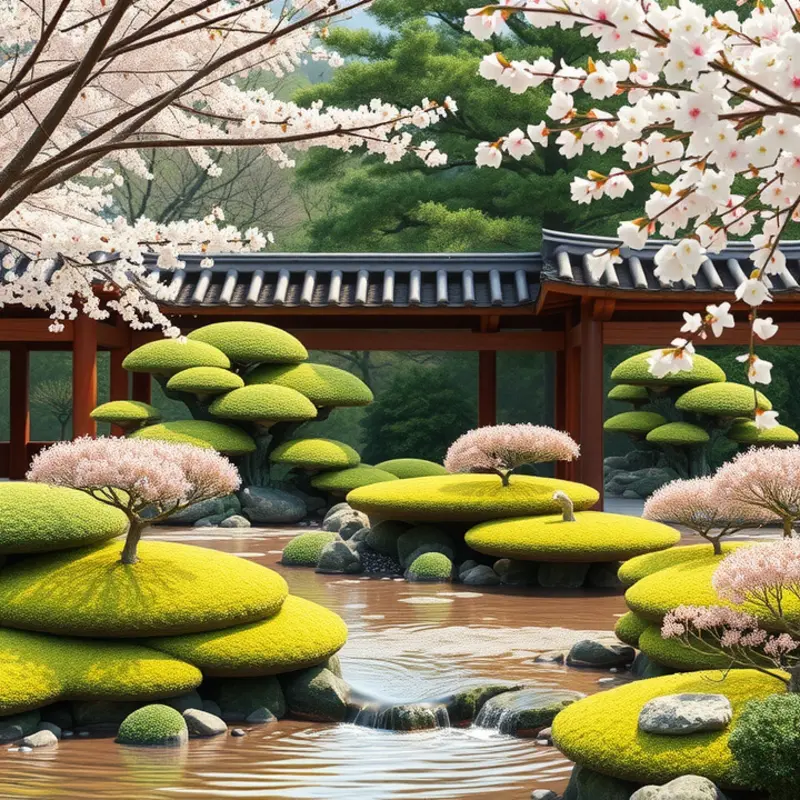Beverages and communal rituals surrounding them are integral to cultures worldwide, serving as windows into regional histories and social customs. From the caffeinated gatherings of coffee ceremonies in Ethiopia to the serene tea making in Japan, traditional drinks often symbolize more than refreshment; they represent connection, heritage, and shared experience. Let’s embark on a journey to uncover diverse drinking traditions and the unique rituals they inspire across cultures.
Coffee Ceremonies: Ethiopia’s Heartbeat

Ethiopia, often celebrated as the birthplace of coffee, offers a deeply rooted tradition in its coffee ceremonies. These ceremonies, more than just a ritual to savor the flavors of coffee, are integral to the Ethiopian social fabric. They represent hospitality, community bonding, and a connection to heritage.
The process begins with the careful preparation of the coffee beans, typically undertaken by a young woman adorned in traditional clothing. Raw, green coffee beans are meticulously washed before being roasted over an open flame. This roasting is done slowly, allowing the beans to emit a rich, aromatic smoke that fills the room and excites the senses. It’s customary for guests to inhale this aroma deeply, a shared experience that enhances the anticipation of what is to come.
After roasting, the beans are ground using a mortar and pestle, a labor-intensive process that showcases respect for tradition. The ground coffee is then brewed in a special pot called a ‘jebena,’ crafted from clay and revered for its ability to extract deep flavors from the coffee grounds. The jebena is placed on hot coals, its smokestack puffing gently, ensuring the slow and deliberate brewing process.
Once ready, the coffee is poured into small, handleless cups. Intriguingly, the process involves a significant ritualistic element. The pour is done from height, a display of skill and precision, signifying the importance of the event. Guests receive the coffee with a sincere expression of gratitude, acknowledging the effort and cultural significance behind each cup.
The ceremony typically consists of three rounds of coffee servings, known as ‘abol,’ ‘tona,’ and ‘bereka.’ Each round holds its own significance, with the first being the strongest and subsequent servings becoming lighter. During these rounds, conversations flow naturally, accompanied by the sweet scent of frankincense wafting through the air. It’s a time to discuss community issues, exchange stories, and fortify bonds—a seamless blend of tradition and social interaction.
Beyond its role in social engagement, the Ethiopian coffee ceremony also embraces sustainable practices. The act of gathering around a single jebena reduces waste and exemplifies mindful consumption. For those interested in sustainable food practices, these ceremonies provide a noteworthy model, aligning well with ideas explored in this article about low-waste cooking.
Embracing such cultural rituals offers a window into Ethiopia’s heart and soul. By partaking in a coffee ceremony, one experiences not just a drink, but a narrative woven through generations. It is a testament to how such simple traditions can provide both joy and understanding amid the shared spaces of hospitality and community.
The Art of Japanese Tea: Zen and Ceremony

In Japan, the simple act of drinking tea is transformed into an art form through the Chanoyu, or tea ceremony. This ancient ritual is much more than just sipping a brewed beverage; it is a profound interaction that fosters a spiritual connection between host and guest. Each part of the ceremony is crafted with mindfulness, an essential element embedded in the tea culture.
The hostess prepares the setting meticulously, ensuring that every detail conveys tranquility and respect. The room is often designed with traditional tatami mats, minimalistic decorations, and an elegant arrangement of seasonal flowers. Quietness reigns, broken only by the soft whispers of movement as the host begins the ritual. There is a deep intention behind every gesture, from the quiet folding of a tea cloth to the graceful placement of utensils.
This ceremony is rooted in the principles of harmony, respect, purity, and tranquility. These values manifest through the choreography of the ritual, where the host meticulously selects and prepares the tea implements. Each item, from the bamboo whisk to the tea bowl, is chosen with intention, aware of its history and significance. It is no mere meal service; Chanoyu embodies an artistic expression that resonates with Zen philosophy.
Mindful of the momentous care in the preparation, guests enter the tea room with deliberate steps. They are guided by the notion of ‘ichigo ichie,’ or ‘one time, one meeting,’ emphasizing the ephemeral and unique nature of the encounter. The tea room becomes a sanctuary, a brief escape from the chaos of life, where participants can find solace in the simplicity and beauty of the ceremony.
Once the host is ready to serve the matcha, it is done with an unhurried elegance. The viscous, jade-green liquid is whisked to perfection, presented to the guest with a slightly bowed gesture, embodying the zenith of hospitality. As the guests accept the tea, they do so with both hands, signaling their gratitude and recognition of the encounter’s significance. Sip by sip, the tea ceremony encourages reflection and contemplation, aligning with the broader practice of mindful eating found in various cultures here.
In essence, the Japanese tea ceremony is an art of nuanced gestures and deep respect. It epitomizes a blend of Zen spirituality with aesthetic eloquence, where the material and spiritual worlds unite. Such traditions offer an opportunity to pause and appreciate the subtleties of human interaction and nature. Chanoyu, therefore, is not merely a cultural artifact but a living practice that continues to enrich lives by fostering connection and mindfulness in the simplest rituals.
Final words
Traditional beverages and the rituals that accompany them offer not only culinary delights but also a deeper understanding of culture and community. Whether it’s sharing coffee under the shade of an Ethiopian tree or enjoying a meticulously prepared cup of matcha in a Japanese tea house, these experiences connect people in meaningful ways. By making an effort to participate in and appreciate these traditions, we become part of a global narrative that celebrates heritage and togetherness.








